
Artistic impression of the background hum of gravitational waves permeating the Universe. Credit: Carl Knox, OzGrav/Swinburne University of Technology
Every year, 2 million black hole mergers are missed — Australian scientists work out how to detect them, revealing a lost 8 billion light-years of Universe evolution.
Last year, the Advanced LIGO-VIRGO gravitational-wave detector network recorded data from 35 merging black holes and neutron stars. A great result — but what did they miss? According to Dr. Rory Smith from the ARC Centre of Excellence in Gravitational Wave Discovery at Monash University in Australia — it’s likely there are another 2 million gravitational wave events from merging black holes, “a pair of merging black holes every 200 seconds and a pair of merging neutron stars every 15 seconds” that scientists are not picking up.
Dr. Smith and his colleagues, also at Monash University, have developed a method to detect the presence of these weak or “background” events that to date have gone unnoticed, without having to detect each one individually. The method — which is currently being test driven by the LIGO community — “means that we may be able to look more than 8 billion light-years further than we are currently observing,” Dr. Smith said.
“This will give us a snapshot of what the early universe looked like while providing insights into the evolution of the universe.”
The paper, recently published in the Royal Astronomical Society journal, details how researchers will measure the properties of a background of gravitational waves from the millions of unresolved black hole mergers.
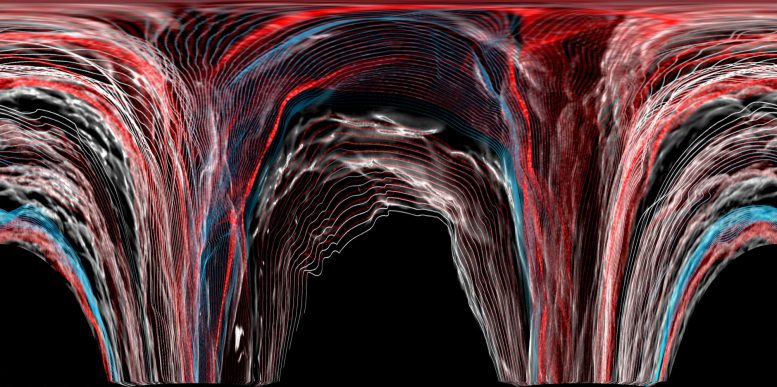
Artistic impression of the background hum of gravitational waves permeating the Universe. Credit: Carl Knox, OzGrav/Swinburne University of Technology
Binary black hole mergers release huge amounts of energy in the form of gravitational waves and are now routinely being detected by the Advanced LIGO-Virgo detector network. According to co-author, Eric Thrane from OzGrav-Monash, these gravitational waves generated by individual binary mergers “carry information about spacetime and nuclear matter in the most extreme environments in the Universe. Individual observations of gravitational waves trace the evolution of stars, star clusters, and galaxies,” he said.
“By piecing together information from many merger events, we can begin to understand the environments in which stars live and evolve, and what causes their eventual fate as black holes. The further away we see the gravitational waves from these mergers, the younger the Universe was when they formed. We can trace the evolution of stars and galaxies throughout cosmic time, back to when the Universe was a fraction of its current age.”
The researchers measure population properties of binary black hole mergers, such as the distribution of black hole masses. The vast majority of compact binary mergers produce gravitational waves that are too weak to yield unambiguous detections — so vast amounts of information is currently missed by our observatories.
“Moreover, inferences made about the black hole population may be susceptible to a ‘selection bias’ due to the fact that we only see a handful of the loudest, most nearby systems. Selection bias means we might only be getting a snapshot of black holes, rather than the full picture,” Dr. Smith warned.
The analysis developed by Smith and Thrane is being tested using real world observations from the LIGO-VIRGO detectors with the program expected to be fully operational within a few years, according to Dr. Smith.
Reference: ” Inferring the population properties of binary black holes from unresolved gravitational waves” by Rory J E Smith, Colm Talbot, Francisco Hernandez Vivanco and Eric Thrane, 10 June 2020, Royal Astronomical Society.
DOI: 10.1093/mnras/staa1642


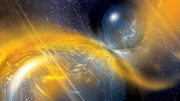
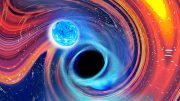
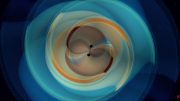
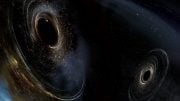
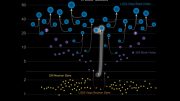

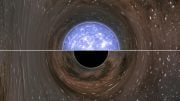
Be the first to comment on "Lost 8 Billion Light Years of Universe Evolution Revealed by Gravitational Waves"